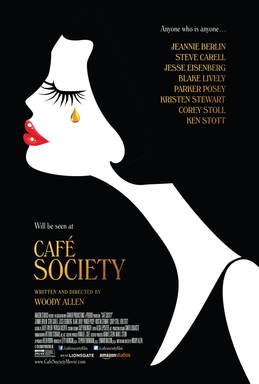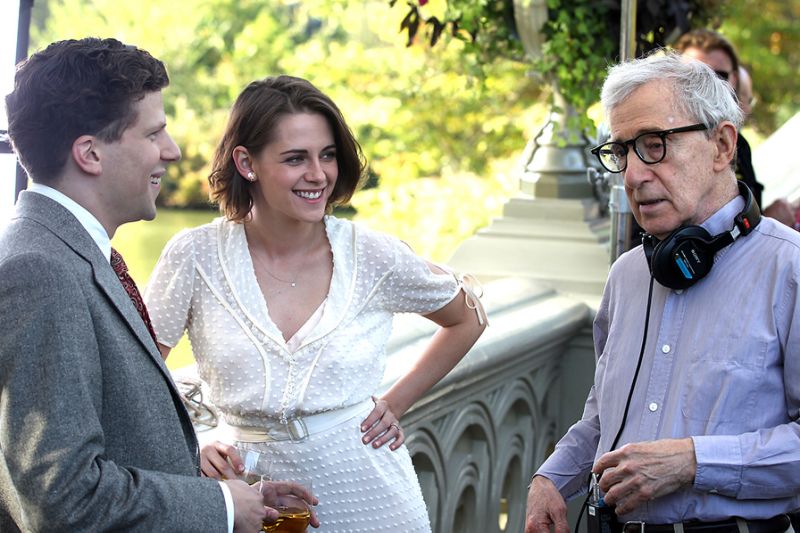What follows is the English translation of my piece originally written in French for a French publication.
* * *
Since the breakup of Yugoslavia in 1991, Croats have faced an ill-defined identity. Their recent war of secession, awkwardly called the “Patriotic War” and “War of Defense,” lends itself to serious legal misconceptions. The more accurate phrase, namely “War of Croatia’s Liberation from Communism and against Yugoslavia” has never been used.
There is a considerable difference, however, between these labels. The political class and the media class, all being converted now to the US-style Westernism, consist mostly of former Yugoslav officials—former Communists, including their progeny. If the recent Croatian war of secession is named the “War of Defense,” one is entitled to raise the question whether Croatia between 1991 and 1995 was in the process of protecting and safeguarding the heritage of Communism and Yugoslavia, or whether it was expressing a desire to get rid of it.
Moreover, the role of Croatian nationalists must not be overplayed, as the foreign media often does. Many Croatian nationalists can be described as “Croats by default,” or “reactive Croats,” given that their nationalist sentiments are often framed in terms of their hatred of the Other, namely in terms of the alleged Serbian threat.
In Croatia, the political class deliberately sidetracks the root causes of the breakup of the former Yugoslavia. By focusing solely on the real or alleged Serbian threat, Croatia’s political parties, including many followers and supporters of the former Communist leader Marshal Tito, thus allocate themselves a convenient niche in order to hide their bloody legacy.
The accession of Croatia to NATO in 2009 and then to the European Union in 2013 further complicates Croatian identity. Despite the fact that NATO has no more reason to be in Europe, given that its opponent, the Warsaw Pact, was dissolved long ago, NATO, in the Croatian popular consciousness, remains a symbol of Croatia’s adherence to the West, as well as the best defense against the alleged Russian and greater-Serbian appetites. Read more



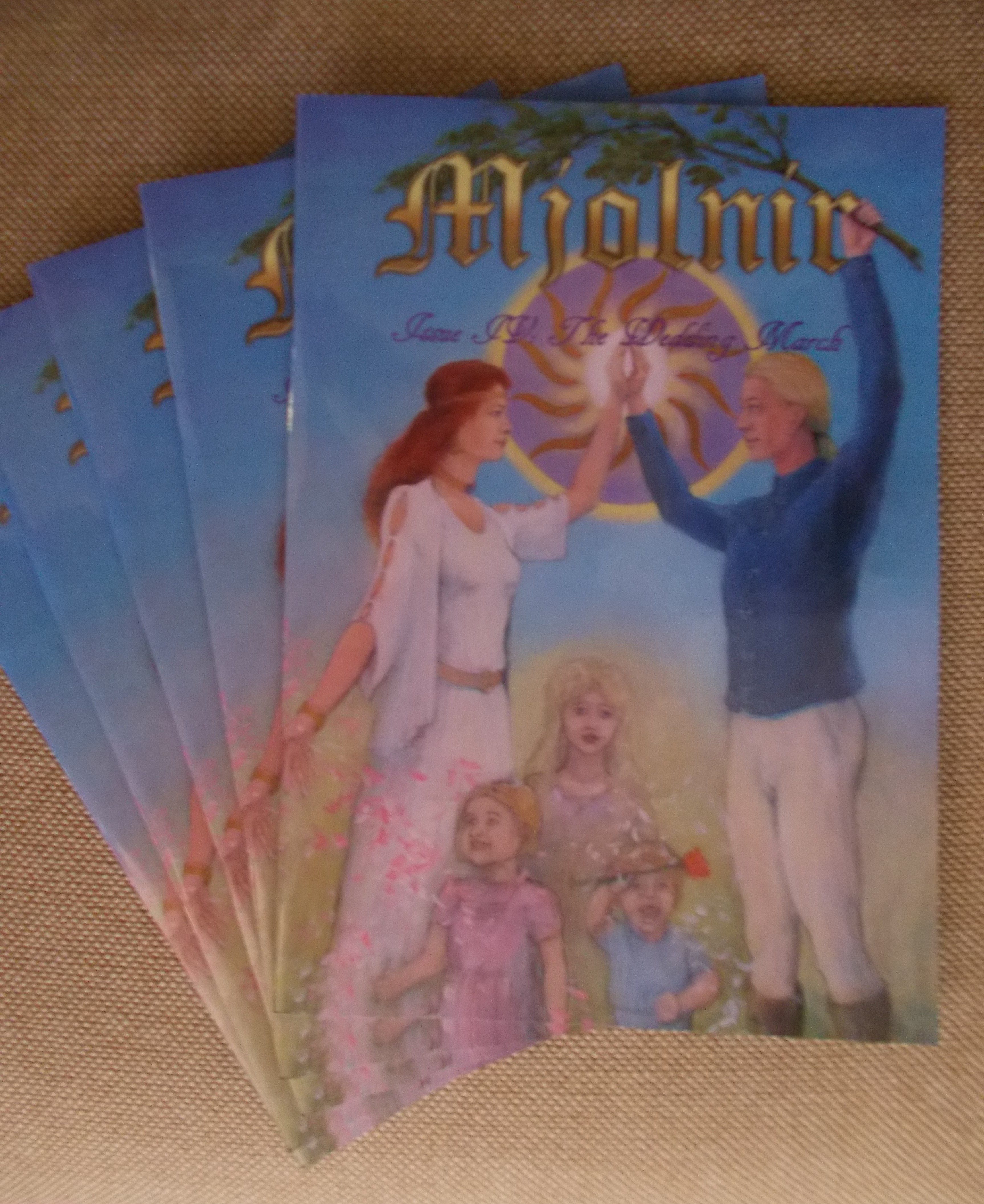
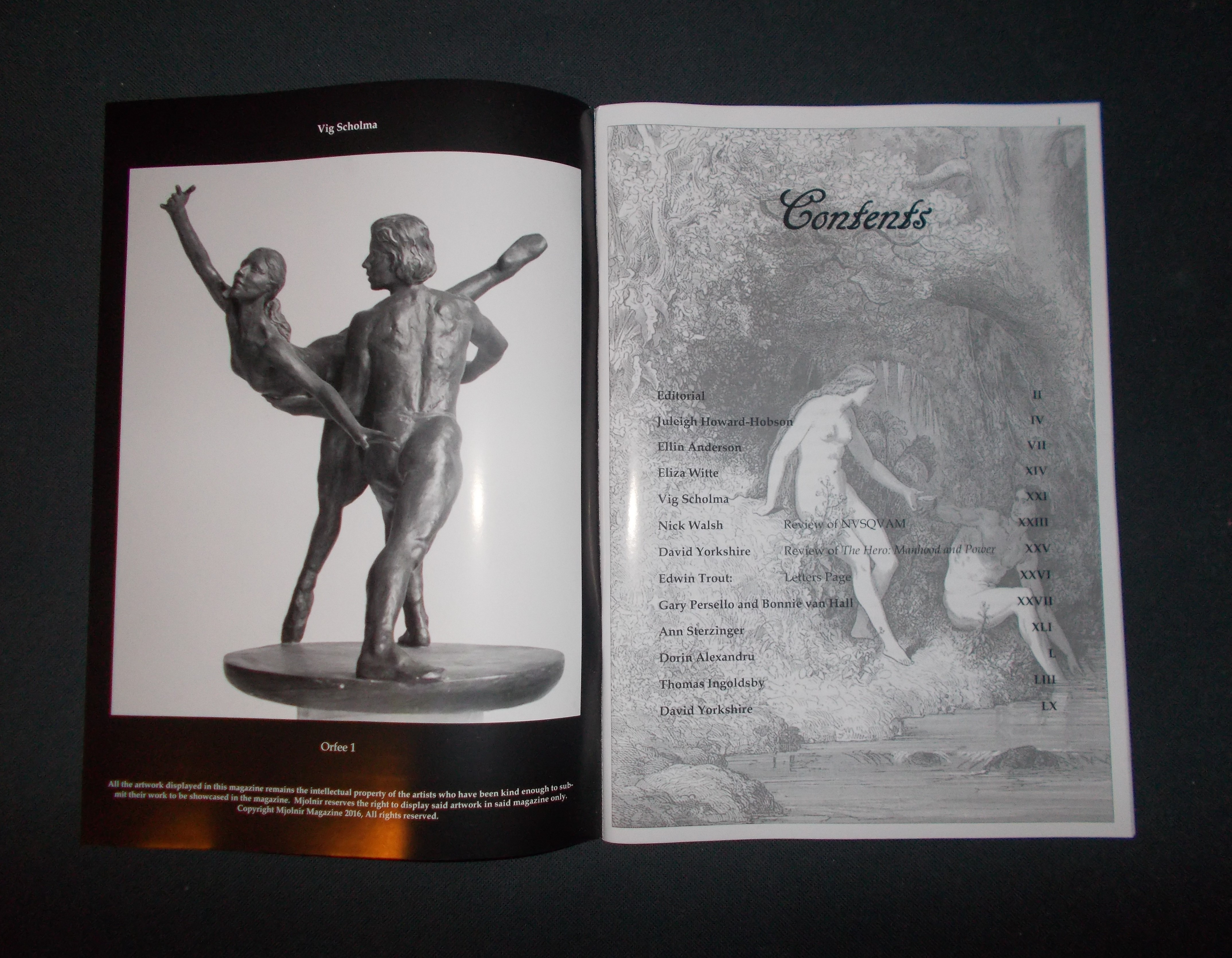
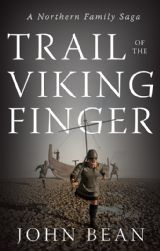
 It is customary during the annual Hajj pilgrimage that Muslim devouts throw pebbles at three walls (formerly pillars), called jamarāt, in the city of Mina just east of Mecca. One of a series of ritual acts that must be performed in the Hajj, it is a symbolic re-enactment of Abraham’s hajj, where he stoned three pillars representing the temptation to disobey God and preserve Ishmael. The ceremony is commonly known as “the stoning of the Devil,” and may be regarded as a practice designed to reinforce socio-religious conformity and obedience.
It is customary during the annual Hajj pilgrimage that Muslim devouts throw pebbles at three walls (formerly pillars), called jamarāt, in the city of Mina just east of Mecca. One of a series of ritual acts that must be performed in the Hajj, it is a symbolic re-enactment of Abraham’s hajj, where he stoned three pillars representing the temptation to disobey God and preserve Ishmael. The ceremony is commonly known as “the stoning of the Devil,” and may be regarded as a practice designed to reinforce socio-religious conformity and obedience.